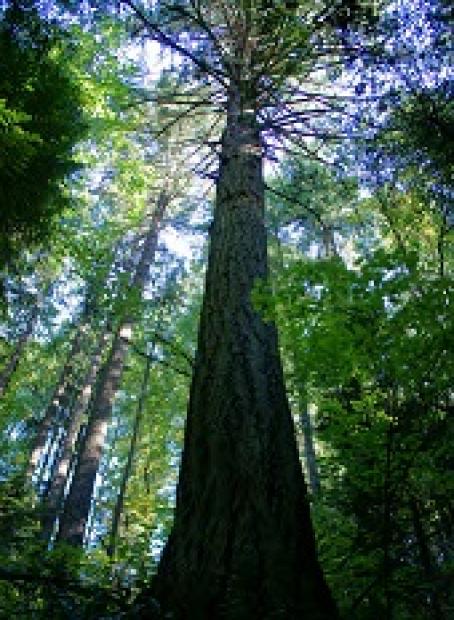
Biological storage of carbon (biocarbon) refers to nature’s ability to capture carbon dioxide from the atmosphere and store it in trees, plants, and soils. Carbon dioxide, the major greenhouse gas increasing the capacity of the atmosphere to trap solar heat, is also the primary food source for plants.
Through photosynthesis, plants use carbon from the atmosphere to create new plant material. Carbon from dead plant material is also incorporated into soils, where it might remain for decades or centuries.
Biocarbon solutions to climate change involve increasing the ability of natural systems to soak up carbon by:
- Protecting existing carbon stores such as forests and wetlands;
- Replenishing historic stores of carbon by restoring ecosystems and soils; and
- Creating new stores of carbon such as through afforestation.
Biocarbon approaches can deliver a rich array of co-benefits, such as enhancing water quality, soil productivity, and biodiversity. Some biocarbon best practices also help mitigate against climate change, as well as enhance resilience to the effects of climate change.
Learn more about biocarbon solutions:
| Healthy Forests | Greener Communities | Bioeconomy | Soil-building Agriculture | Blue Carbon |
Give for a brighter future
Connect
Join our email list to learn about what we do and how to get involved.